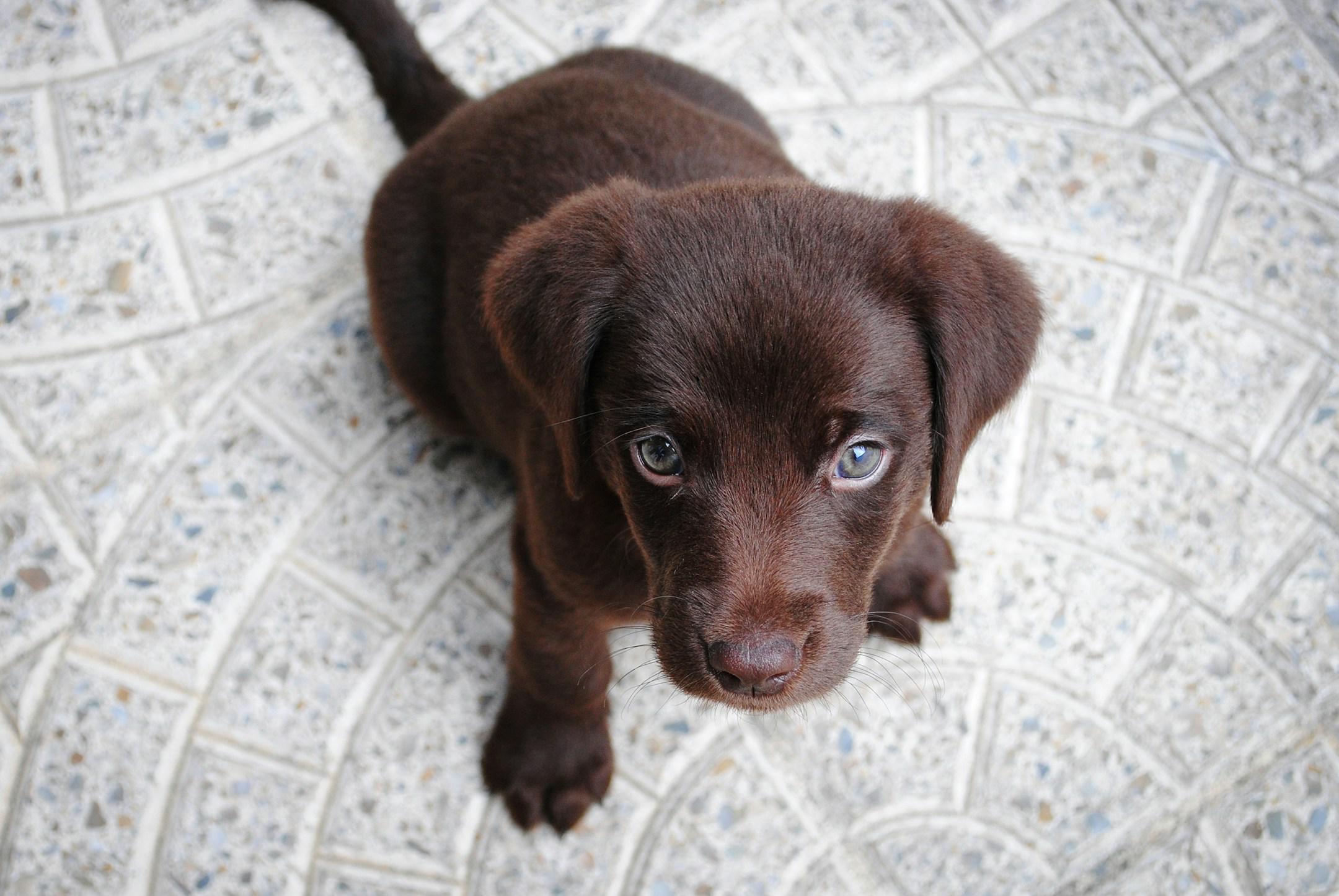Website designed with the B12 website builder. Create your own website today.
Start for free
Bringing home a new puppy is an exciting adventure that promises joy, companionship, and endless love. However, preparing for your new furry friend requires careful planning and a bit of effort to ensure a smooth transition into your home. By arming yourself with essential supplies and practical knowledge, you can set the stage for a happy and healthy life together. Our detailed preparation checklist and expert tips will help you get ready to welcome your puppy with open arms.
In this blog post, we will guide you through the key steps for creating a welcoming environment that caters to your puppy’s needs. From gathering essential supplies to designing a puppy-friendly space, we'll cover everything you need to know for a successful adjustment period. Additionally, we’ll provide training tips to help your new companion adapt to their new surroundings, fostering a strong bond and building a foundation for a well-behaved pet. Let’s dive into the essentials that will make your puppy’s arrival a joyful and stress-free experience!
Essential supplies for bringing home your new puppy
Bringing home a new puppy requires careful planning and preparation. Start by gathering essential supplies that will keep your furry friend comfortable and safe. Invest in a high-quality dog bed that fits your puppy’s size and allows for a snug space where they can feel secure. You’ll also need food and water bowls, ideally made from stainless steel or ceramic, to prevent spills and ease cleaning. Select a nutritious puppy food recommended by your veterinarian, and don’t forget to stock up on treats for training and bonding. Lastly, a sturdy collar and leash will help you establish a safe routine for walks and playtime.
In addition to the basics, consider purchasing toys that encourage safe play and mental stimulation. Chew toys, fetch toys, and interactive puzzle toys will keep your puppy engaged and prevent boredom. It's also wise to have grooming supplies on hand, such as a brush, nail clippers, and puppy shampoo, to maintain your pup's hygiene. Finally, ensure your home is pet-proofed by removing any hazardous items, such as cords and toxic plants. Getting these supplies ready will pave the way for a smoother transition as you welcome your new furry friend into your life.
Creating a puppy-friendly environment in your home
Transforming your home into a welcoming space for your new puppy is crucial for a smooth transition. Start by identifying areas where your puppy will spend most of its time, such as the living room or your bedroom. Remove any potential hazards, like electrical cords and small objects that could be swallowed, and secure heavy furniture to prevent tipping. Consider using baby gates to restrict access to stairs and other unsafe zones. Set up a designated puppy space with a cozy bed, toys, and water bowls to create a safe haven for your furry friend. This allows your puppy to explore their new surroundings confidently while giving you peace of mind.
In addition to safety measures, consider the temperature and comfort level of your home. Ensure that your puppy has access to a safe, climate-controlled area, free from drafts or extreme temperatures. You might want to add non-slip mats in areas where your puppy will roam to prevent slips and falls, especially if you have hardwood or tile floors. Finally, be mindful of noise levels. Puppies can be sensitive to loud sounds, so create a calm environment by playing soft music or providing a quiet space when things get too hectic. By nurturing a puppy-friendly atmosphere, you'll help your new companion feel secure and happy in its new home.
Training tips for a successful adjustment period
Training your new puppy is crucial for a smooth transition into your home. Start with basic commands like sit, stay, and come to establish clear communication and boundaries. Use positive reinforcement techniques, such as treats and praise, to encourage good behavior and build trust between you and your furry friend. Keep training sessions short and engaging, as puppies have limited attention spans. Consistency is key; practice commands several times a day and use them regularly in daily interactions to reinforce learning.
Socialization is another critical aspect of training during this adjustment period. Expose your puppy to various environments, sounds, people, and other animals to help them adapt to the world around them. Organize playdates with other friendly dogs and take your puppy on walks in different settings. This exposure can prevent behavioral issues in the future and help your puppy develop into a well-rounded adult dog. Remember to be patient, as every puppy learns at their own pace. With the right approach and plenty of love, your new companion will quickly become an integral part of your family.